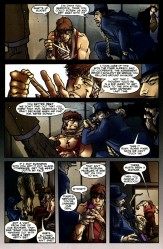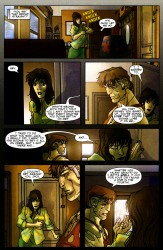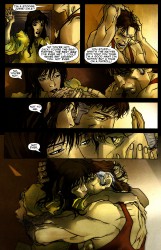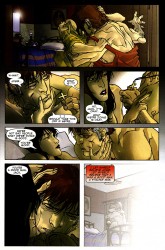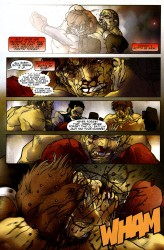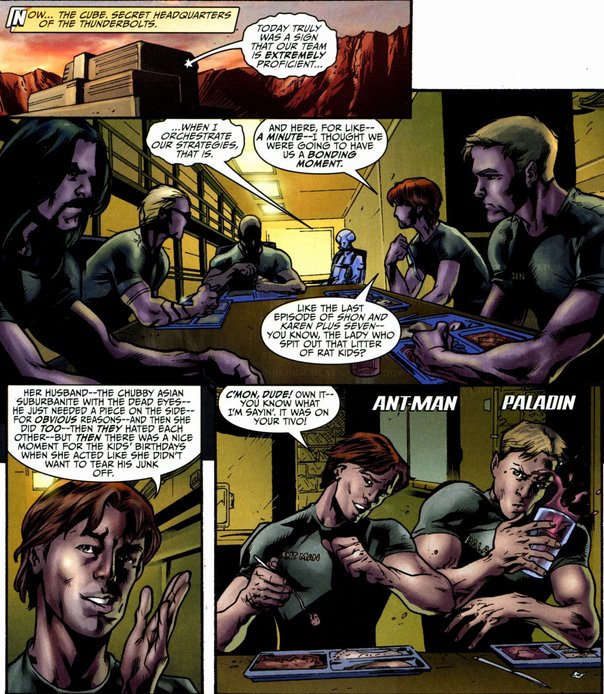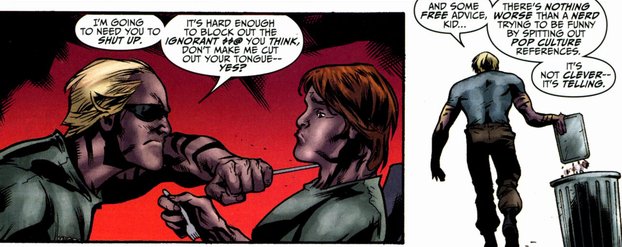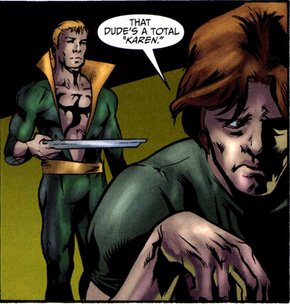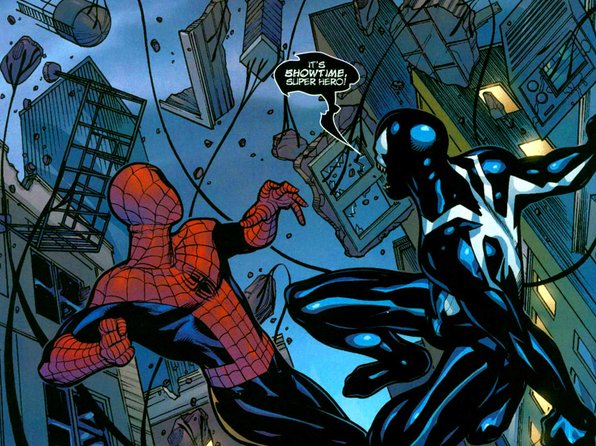
Marvel vs DC: What’s Beef?
January 14th, 2010 Posted by david brothersHere’s an excerpt from a press release Marvel sent out yesterday:
In an effort to provide assistance to comic retailers in 2010, Marvel is offering retailers an opportunity to turn unsold comics into an extremely rare Siege #3 Deadpool Variant!
Retailers – for every 50 stripped covers of the following comics sent to Marvel, you will qualify to receive one FREE Siege #3 Deadpool Variant. The 50 stripped covers can be any combination of the comics listed below and all submissions need to be received at the Marvel office at the address below by Tuesday 2/16/2010. Also included with the stripped covers must be your store contact information including Diamond Account # and email address.
Stripped Covers To Be Sent:
Adventure Comics #4
Booster Gold #26
Doom Patrol #4
Justice League Of America #39
Outsiders #24
R.E.B.E.L.S #10
Ooh, that’s shots fired.
Let’s pull this apart piece by piece, okay? Top to bottom.
First is the timing. This is the first real week of comics news in 2010. Last week was Christmas recovery and fairly light. This week, DC has been slinging high profile announcements left and right. Among other things, they’ve shown off Gail Simone being back on Birds of Prey with some crappy artist, a preview of Jock’s take on Batwoman with Greg Rucka, a look at the Return of Bruce Wayne, and Keith Giffen is getting a Justice League book. Fan-service announcements all, two trying to recapture past glories and two pimping big deals. Add the announcement of Brightest Day, their new biweekly comic and probable spine of the DCU, into the mix and you have a big week just three days in.
This press release is aggressive and instantly controversial, the type of thing that makes people want to argue about it ad nauseam. It’s sharp and pits the two companies right up against each other, upping the ante on the competition between the two companies. It also disrupts DC’s grip on the news cycle in a very major way. At the time of this writing, the Robot6 article on Gail Simone’s return to BoP has 32 comments. The piece on the press release has 107, despite being posted several hours later. Marvel pushed DC right out of the limelight with something that is sure to cause discussion (fights) for days to come.
Second is the subtext of the press release. The first line begins, “In an effort to provide assistance to comic retailers in 2010[.]” Marvel is positioning itself as doing the retailers in the Direct Market a favor by allowing them to trade unsold books for a rare variant that’ll go for big bucks. Essentially, they are saying “We are the good guys. Those other guys did you wrong, but we’ve got your back.”
The subtext doesn’t end there. The books that are part of the promotion have one thing in common: they were all part of DC’s Blackest Night promotion, where ordering 25 or 50 copies of each issue gave retailers the chance to order a bag of plastic rings. That promotion was a huge success for DC, with several books moving as many as thirty-five thousand more copies than they did the month before. They ran the sales charts for November 2009. It left DC holding seven of the top ten spots in the Top 300 sales chart, up from six in October and September and four in August.
Some retailers required customers to purchase a book to get the rings, others treated them like the giveaways they were intended to be and gave them out like candy on Halloween, and others, the worst of the lot, sold the rings on their own. Conventional wisdom and anecdotal evidence, however, suggests that the books stayed on the shelves. The sales charts for December seem to suggest the same thing- once the promotion was over, a few of the books involved lost roughly twenty thousand readers. Past experience suggests that that fall will continue into January. (I’m rounding these numbers off, by the way. To compare for yourself, look at the October, November, and December charts. I’m an English major, I can barely count to ten.)
Now, Marvel is taking a shot at what is basically DC’s biggest sales success in ages, and doing it in such a way that wipes the foundation for that success away. Suggesting that the comics didn’t sell implies that the entire draw for the increased orders were the bags of plastic rings, which honestly probably isn’t that far off from the truth. REBELS is an enjoyable book, but even for a Blackest Night tie-in, it got a huge bump. Comic fans like collecting stuff.
So, top to bottom:
1. Marvel is saying, “DC left you holding a bunch of stuff you cannot sell.” It’s a serious diss, attacking DC’s entire reason for being. Regardless of the quality of the books (I’m fond of REBELS myself), DC needed a gimmick other than good storytelling to sell these comics. If a comics company needs plastic rings to sell comics… well, you do the math on that one.
2. The timing is kicking sand all over DC’s big week. It’s a release calculated to cause controversy, gain a lot of attention, and piss people off. It’s very, very public, and definite shots fired.
3. Deadpool, as in the cover boy of the “extremely rare Siege #3 Deadpool Variant,” is a copy of Deathstroke. Marvel is shipping a cover with a knock-off of a DC character, one who has enjoyed inexplicable success over the past year, in exchange for stripped DC comic books. That’s just salt in the wound, isn’t it? A cheap shot nestled inside a larger cheap shot?
Marvel’s promotion is cruel. Taking DC’s big win last year and big week this year and upending them in an attempt to put DC in its place is fairly messed up. At the same time, it isn’t exactly inaccurate. Despite DC’s big month, Marvel still won November ’09. It’s definitely a cheap shot, but… it’s kind of funny, isn’t it?
This release is the kind of aggressive posturing we haven’t seen out of Marvel since Jemas and Quesada simultaneously pissed DC off forever and rocketed Marvel back into the limelight. It’s Marvel thumbing its nose at DC and reminding them who has the market share advantage. Basically, Marvel is M. Bison and the gang, and DC is Guile.
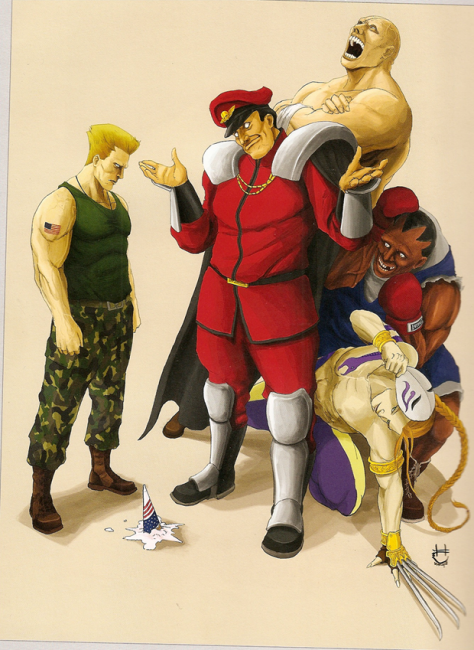
Verdict? Ouch.

